Is there an Uber or Amazon on the horizon to disrupt facilities management?
With the rapid pace of change in the way we learn, live, and work, it’s not a question of “if” a disruptor is coming to the FM field but rather “when.” With the Higher Ed Facilities Forum just two weeks away, we decided to start the conversation early and ask our discussion leaders the following question:
“What do you believe will be the disruptive forces that transform facilities management over the next 10-20 years?"
While we received a variety of answers, one fact was clear: higher ed facilities leaders are viewing the “threat” of disruption as an opportunity for growth, innovation, and developing a powerful new value proposition.
Here’s what they had to say...
There will be many disruptive forces within facilities management. Technology will shape the way we plan and operate facilities for the better. With better utilization and greater expense in real estate comes greater efficiency. Automation will replace many labor-oriented tasks, resulting in a re-thinking of workspace. Plus, with so many individual tasks automated, group work will dominate the workplace. Multi-function, multi-use facilities will necessitate a more responsive workforce. We will finally be doing more with less….effort!
Technology is always the first answer when it comes to disruption. It can be formidable when dealing with the constant change in facilities, and also the technology students expect colleges to use or maintain. Specifically, the introduction of the 3-D virtual world or AI will change the student experience. It’s not a sexy answer, but it’s what we will be dealing with as an industry.
The biggest disruptive force to facilities management is the continued dis-investment in public education. Fewer dollars coming from state government and fewer customers to pay a larger portion of the bill is challenging the income side of the balance sheet. We will see new ways to increase income and attract students.
On the expense side of the ledger is where most of the disruption will take place, including: faculty productivity and tenure changes, medical insurance on a labor intensive enterprise, space utilization, responsibility-centered management/budgeting, energy costs, reducing headcount, and increasing technology.
I believe there will be two disruptive forces in facilities management. First, the aging workforce and a lack of high school graduates moving into the construction and maintenance trades will cause labor costs to dramatically rise. We are already seeing that on the construction side where ENR tracks Chicago as the second expensive city in the US in their 20-city Construction Cost Index. The common labor market in Chicago tips the balance even; Chicago is number 19 out of 20 for materials cost.
Second, codes are becoming more prescriptive and shifting toward “resiliency.” Following Hurricane Sandy, NYC was the first to adopt resiliency codes. Others are following suit and more and more articles are being published on the topic.
When it comes to industry-wide disruption, higher ed will compress as margins tighten and lower margin portfolios fold. Unlike healthcare, the mergers and acquisitions are much less defined and I would anticipate that we will see a 10% reduction in Division I universities within 15 years.
I believe that continued technology changes will be the largest disruptive force. This has several parts: The growing Internet of Things will connect every part of our facilities-- giving us the potential for total building controls and nearly unlimited information. The level of digitization and information will challenge our information systems to absorb and use the content, and these changes will require vastly different skill sets for our staff.
Many would point to technology or financial constraints as the most disruptive force our profession faces in the next 10-20 years but these factors merely continue trends we have successfully tackled for decades. Rather the most disruptive force we face is what we have christened Facilities: The Next Generation-- the change from retiring boomers to gen X and millennials leading universities and facilities coupled with the change to late millennials and generation Z entering our classrooms. This passing of the torch to new generations will transform how we work, how we learn, how we teach and every aspect of how we need to lead university facilities.
I believe the biggest disruptive force will be our own enlightened leadership. Those of us in charge need to be disruptive. We need to think differently, blaze new trails, drive change, crush groupthink, and lead our people to places they don’t want to go through our vision, courage, decisiveness, and sense of service. Many things will impact us over the next 10-20 years: our leadership will determine their effects.
The biggest disruptive force will be the changing demographics the nation will see over the next two decades--aging workforce, increasing diversity, etc. If an organization doesn’t embrace the change that is coming through conscious training, development, and acceptance of a multicultural population--both in terms of our customers and our employees--I think that organization will face an increasing amount of insidious morale issues that ultimately lead to productivity declining.
I think the biggest disruptive force to facilities management in the next decade will be climate change. It is a topic that has risen dramatically high on the agenda of most university campuses over the past five years and given the recent weather patterns of much larger and more powerful storms, the amount of interest and focus on this topic is only going to grow. We have already seen activism from the student body, modifications of the physical plant, and changes in daily operations. In short, climate change has become one of the major considerations in how the collective university community thinks about all short-term and long-term actions/investments.
One of the biggest challenges I see over the next 10-20 years is how facilities management teams will keep up with the growth visions of the university leadership. How can we better leverage ourselves to provide the infrastructure needed to support world-class research on limited budgets?
There is a large percentage of jobs in the future that do not exist right now. It will be important for higher education to keep up with the demands of these new professions, which will put pressure on facilities if they are not flexible or resilient to change. On the facilities operational side it will be interesting to see how maintenance and FF&E stand up to these more flexible work environments.
For more on disruption in facilities management, stay tuned for upcoming content from the Higher Ed Facilities Forum on our blog and YouTube channel.

Posted by
Join us at HEFF!
An interactive retreat for facilities leaders at the nation's top colleges and universities.
Nov 8-10, 2026 | San Antonio, TX
Learn More




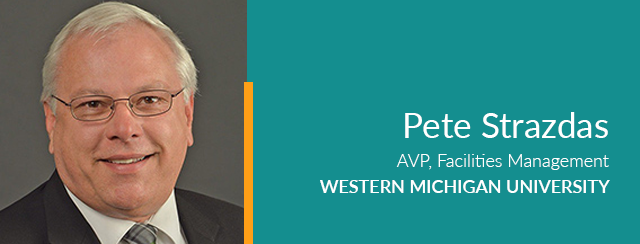
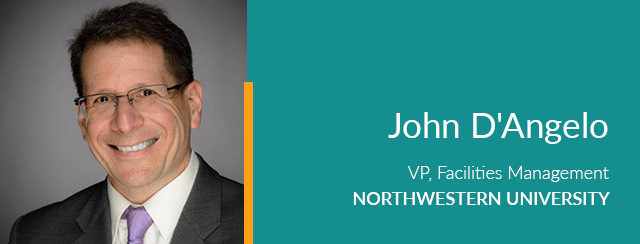
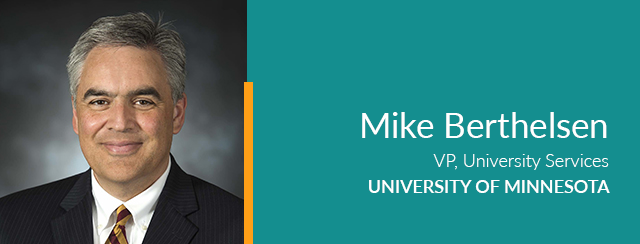
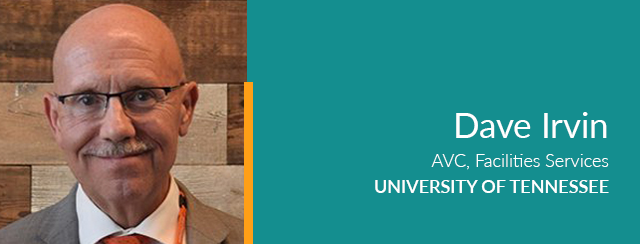
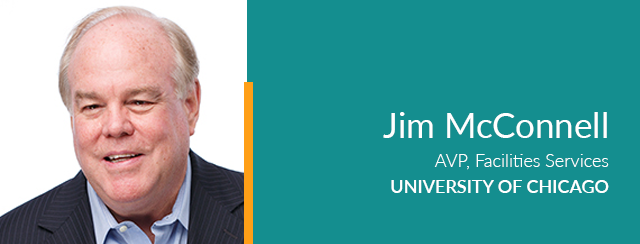
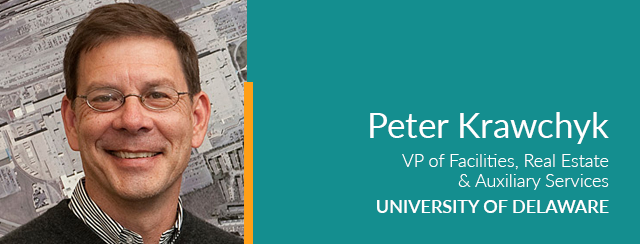
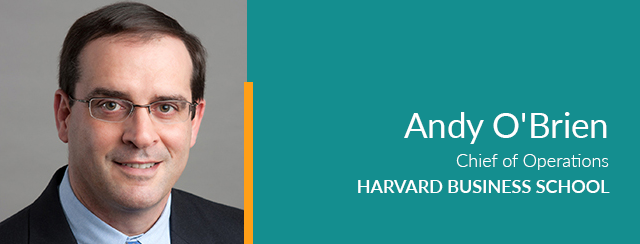
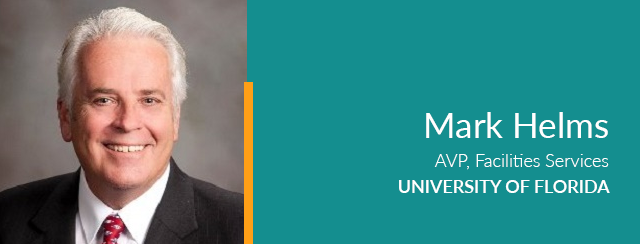
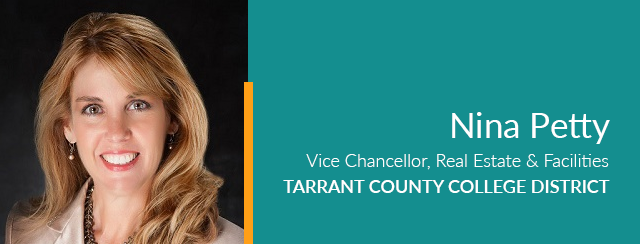







Comments